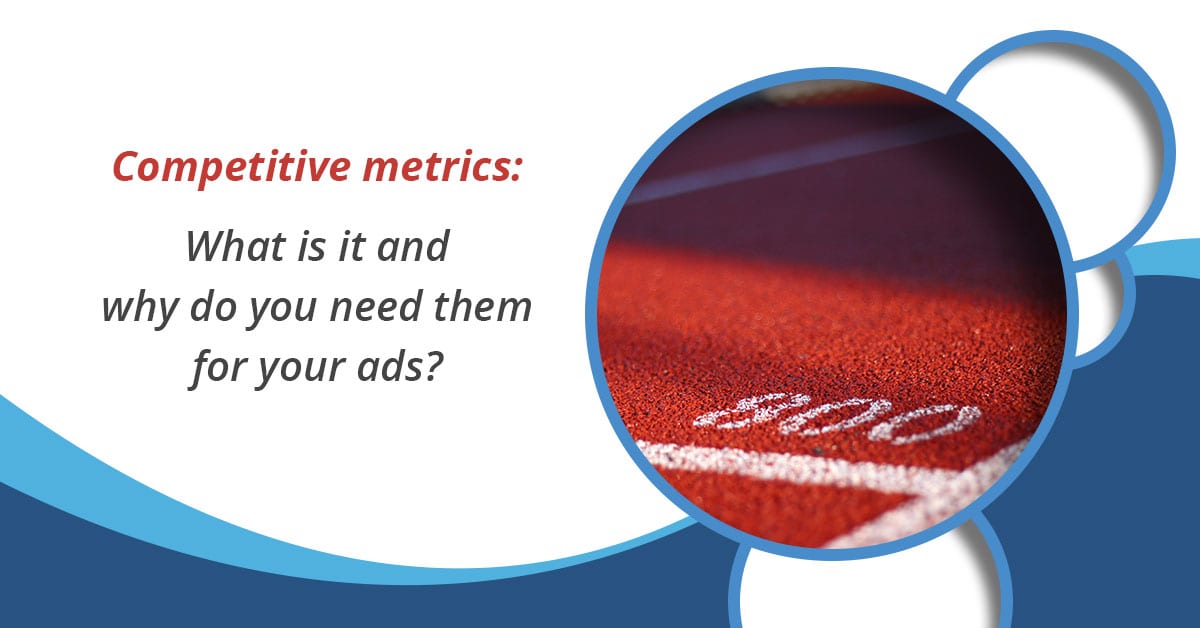With countless online purchases that take place every day on the Internet, it can be challenging to properly target your ads to the right audience while keeping your position from the competition. If you are concerned about how your ad is performing compared to your competitors, you may find out easily with competitive metrics from Google Ads.
Competitive metrics, which you can see in columns in Google Ads, will help you gain insight into your competitive position. You will observe how often your ads display in comparison with sellers advertising for the same keywords or targeting. You can see the metrics at different levels – campaign, ad group, or keywords.
Why do you need competitive metrics?
As mentioned above, with competitive metrics, you can easily evaluate the performance of your campaign. Find out what your campaign’s potential is compared to competing advertisers, and whether you can actually realize that potential. If not, they indicate where the problem might be.
In addition, these metrics will alert you if you’re losing impressions due to a low budget or poor Ad Rank. So, apart from your campaign’s potential, you can estimate its limits.
Competitive metrics available to you
Search/Display impression share
Impression share is the % of impressions your campaigns/ad groups/keywords receive and the total estimated number of impressions you were eligible to receive. That is, % of cases where your ad succeeded in the auction. Estimated impressions are calculated based on several factors. These include quality, approval statuses, and targeting settings.
Search Exact match IS
Expresses impressions you received by the estimated number of impressions you were eligible to receive for search terms that exactly match your keywords, respectively their close variants. Unlike in the previous one, this metric is not available on Shopping or the Display Network.
Search/Display Lost IS (based on budget)
The metric represents % of the time that your ads weren’t running because your budget was insufficient. If this percentage is high, you should consider raising your budget to make your ads more successful in the auction. Since it works with budget, this metric is only available at the campaign level.
Search/Display Lost IS (based on rank)
This is the percentage of ads that didn’t run due to a low Ad Rank in the auction. Your goal should be to keep this percentage as low as possible. If it’s high, you’ll need to adjust your campaign to get a higher ranking.
Ad Rank is awarded by machine learning, but also by people. The key factors for ranking include, for example, as relevant ad copy as possible, or the landing page to which your ad links.
All impression share metrics are updated twice a day and are reported separately for each campaign. As you can see, they can provide you with information about market and competition. They will help you define your advertising deficiencies and identify issues that may be behind your ad´s poor performance. Therefore, we strongly recommend that you follow them.





